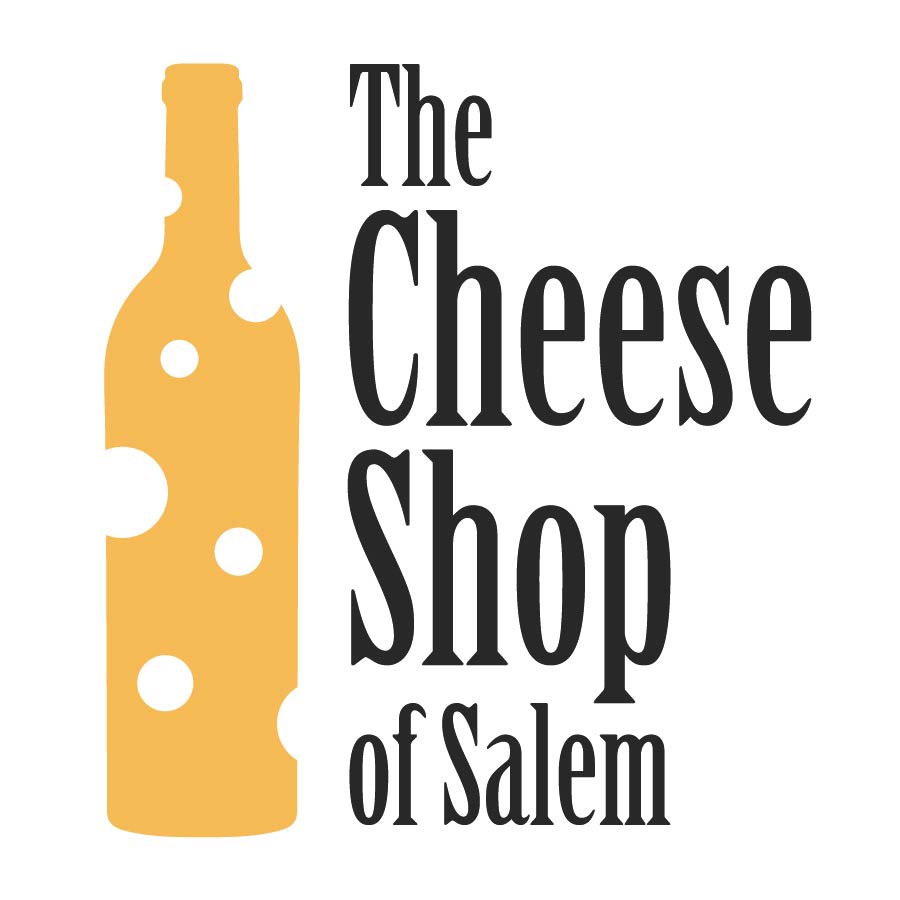Grape Me: Cinsault
Free tasting | Friday, March 8, 2019 | 5-7PM
Map credit: Wine Folly
Are you into lighter reds like Beaujolais and Pinot Noir but you’re itching to try a new grape varietal? Enter Cinsault!
Cinsault is a red grape variety that is indigenous to the Languedoc in southern France where the first written mentioning of it dates back to 1600. It produces a light-bodied, fresh red or rosé wine exploding with acidity and fruit. Despite its hardy size and plump berries (see photo) Cinsault loves the toasty weather of the Languedoc and South Africa. It also withstands drier weather and drought extremely well and is a crucial winemaking grape in Northern Africa, Lebanon, Israel, and South Africa wine trade.
Cinsault’s big claim to fame is being one of the proud parent grapes of the grape Pinotage, which is a cross of Pinot Noir and Cinsault that originated in South Africa. This cross was bred in 1925 by a Cape-born South African professor named Abraham Izak Perold, who, like only the best professors, was a bit absentminded; while traveling overseas he forgot that he had planted the first and only cross of Pinot Noir and Cinsault in his garden. Luckily these seedlings were rescued by another scientist and the grape of Pinotage was literally born.
Cinsault also tastes particularly well in blends; it’s commonly blended with grapes like Carignan in Southern France and it adds beautiful aromas of rose petals and red cherries and a soft, lush body to wines like Minervois and Corbières. You can also find exciting blends of Cinsault all across the globe from Chile to Washington State to Southern Italy (where Cinsault is called Ottavianello).
On Friday, we’re showing four wines from around the world made from Cinsault, as well as an excellent Pinotage to give you some reference of an excellent Cinsault offspring!
See you then!
2018 Swick Wines, The Beav American Sparkling Wine
Who: Joe Swick
What: Blend of Cinsault, Gewürztraminer, and Riesling
Where: Oregon, USA
How: Method pétillant naturel and is disgorged by hand
Fun Fact: Biodynamic winemaker Joe Swick is a huge Michael Bolton fan. HUGE.
What It Tastes Like: Mysterious, unfiltered, tropical fun!
2017 Longaví, Glup Cinsault Valle de Itata
Who: Julio Bouchon and David Nienwoudt
What: 100% Cinsault
Where: Itata, Chile
How: 6 months in amphora
Fun Fact: Have you heard of phylloxera, that insect that consumed most of the world’s vineyards in the 19th century? Chile is one of the only wine producing countries in the world that (knock on wood!) has not had an outbreak. Scientists are puzzled about Chile’s immunity since even this country’s next door neighbor, Argentina, has encountered a phylloxera outbreak.
What It Tastes Like: Super fresh, tart raspberries and blackberries, and a wash of Southern Pacific Ocean acidity.
2016 Clos Bagatelle, Clos Bagatelle Lulu St. Chinian
Who: The sibling duo, Luc and Christine
What: Blend of Carignan and Cinsault
Where: Languedoc-Roussillon, France
How: This blend is aged for 6 months in large casks.
Fun Fact: The name Bagatelle has two meanings in Latin: A) a small estate B) an acrobatic trick performed by a tumbler
What It Tastes Like: Chewy, earthy, red cherry bomb
2017 Tiger Horse, Old Vine Cinsault
Who: Winemaker Marinda Kruger van Eck
What: 100% Cinsault
Where: Western Cape, South Africa
How: It chills out briefly in stainless steel tank.
Fun Fact: Out of the 54 countries in Africa only 8 (Morocco, Algeria, Tunisia, Egypt, Libya, Zimbabwe, Kenya, and South Africa) produce wine!
What It Tastes Like: Easy drinking, gnarly goodness from 40 year old bush vines
2016 David & Nadia Pinotage, Swartland
Who: Winemakers David and Nadia Sadie
What: 100% Pinotage
Where: Western Cape, South Africa - These Pinotage grapes comes from the Sadie family Paardebosch farm
How: All organically farmed grapes from old and dry land bush vines; matured for twelve months in foudres.
Fun Fact: Pinotage is called the “farmer’s grape” because of its earlier ripening characteristics. This allows David and Nadia to harvest before heat waves, ensuring freshness in their wines.
What It Tastes Like: Dusty, lush dark berries. Juicy and easy. Don’t write off Pinotage yet! When done right (like this one) it is so delicious.


